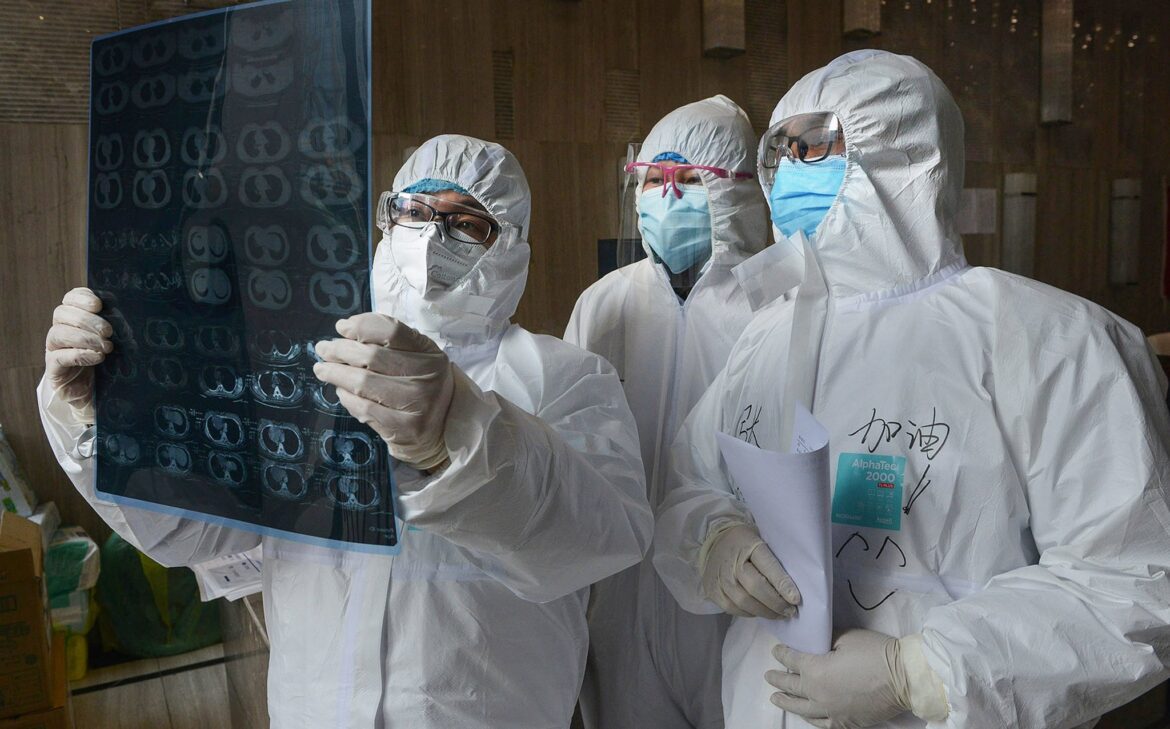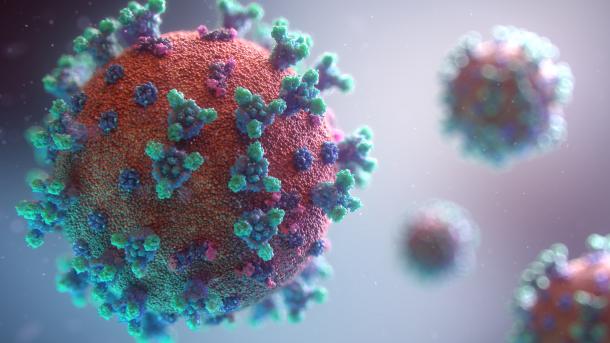Chest CT Lesion Size in Acute COVID-19 Can Predict Late Myocardial Injury
NOTE :The study covered in this summary was published in medRxiv.org as a preprint and has not yet been peer reviewed.
KEY POINTS:
1:Left ventricular (LV) and right ventricular (RV) global longitudinal strain (GLS) were reduced in patients with severe pulmonary lesions (at least 50%) on chest CT at 3 months in patients recovered from acute COVID-19.
2:More patients in the study who had severe chest CT lesions at acute COVID-19, compared with those with mild chest CT lesions, showed reduced LV and RV GLS at the 3-month follow-up.
3:Severe CT chest lesions in patients with acute COVID-19 predicted subclinical myocardial damage at mid-term follow-up that were not suggested by abnormal troponin levels.
Why This is Important?
1: Although cardiac damage from acute COVID-19 has been previously described, this study suggests that chest CT results can predict echocardiographic signs of persistent cardiac injury 3 months after the acute infection.
2:The study suggests that transthoracic echocardiography (TTE) could be recommended in patients recovering from COVID-19 to detect subtle, otherwise missed LV and RV lesions.
Design of Study:
1:In this multicentric prospective study, 111 North African adults hospitalized with acute COVID-19 underwent CT scans and were divided into groups based on lesions less than 50% (mild, group 1, n = 55) and lesions 50% or greater (severe, group 2, n = 56).
2:Patients with coronary artery disease, heart failure with ejection fraction below 50%, poor cardiac echogenicity, significant valvular disease, and pulmonary embolism were excluded, as were patients with elevated troponins during the acute phase of COVID-19 or at 3-month follow-up.
3: RV and LV GLS were evaluated by TTE at 3 months.
Key Results:
1:Both LV GLS (P = .013) and RV GLS (P = .011) were significantly decreased in the group with severe chest CT lesions at the time of acute COVID-19.
2:No significant differences in conventional echocardiographic parameters, including LV ejection fraction and LV diameters and LV diastolic measures, were observed between the groups.
3:An LV GLS exceeding –18% was seen in 43% of patients; an RV GLS exceeding –20% was seen in 48% of patients.
4: Significantly more patients in group 2 than group 1 showed reduced LV GLS (57% vs 29%; P = .002) and RV GLS (62% vs 36%; P = .009).
Limitations:
1:The study did not use three-dimensional echocardiography and did not measure circumferential or radial strain when evaluating GLS.
2: Patients did not have TTE during acute COVID-19 infection for comparison.
3: The study did not use cardiac CT or cardiac MRI to evaluate GLS.
No Disclosures were Provided.
NOTE : This is a summary of a preprint research study, Mid-term subclinical myocardial injury detection in patients recovered from COVID-19 according pulmonary lesion severity, written by Ikram Chamtouri, MD, Fattouma Bourguiba University Hospital, Montasir, Tunisia, and others on medRxiv Brought to you by MEDICOZ COMMUNITY. This study has not yet been peer reviewed,
Avail the ongoing Early Bird Offer from www.medicozcommunity.com
Visit our Official Instagram https://www.instagram.com/medicozcommunity/
NExT Exam 2024 Preparation is now Easier go and grab the Early Bird Offer.






Leave feedback about this